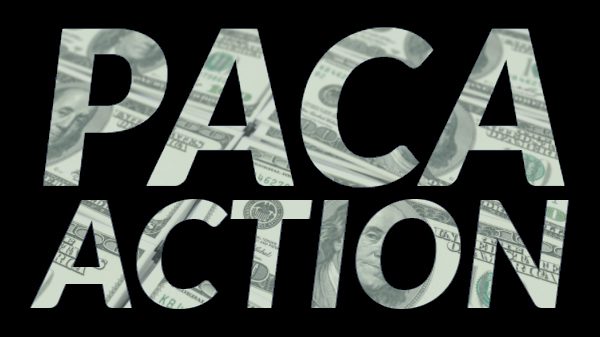Welcome to Blue Book!
Are you ready to join the thousands of companies who rely on Blue Book to drive smarter decisions? View our plans and get started today!
Still have questions? We’d love to show you what Blue Book can do for you. Drop us a line– we’ve been waiting for you.

The issue for larger trucking companies is the money they were making on fuel surcharges, Lund points out. “Fuel surcharges are okay as long as things don’t change too fast, but boy, did they change and change quickly. It ended up being a good thing, because shippers were happy they were paying less for transportation, but they still may have been overpaying for the marketplace in some cases. That’s the bet you make when you do contract rates.”
#8 Emissions, Parking, and Speed Limiters
The trucking industry has long been besieged for the emissions coming from its vehicles. Some regulations, like those from the California Air Resources Board target idling and engine specifications. Parking required by safety regulations like HOS also may result in pollutants if the truck’s air conditioning or heating is in use.
Some in the transportation field have taken it upon themselves to run trucks that use alternative fuels with lower emissions like natural gas and propane. But with the cost of oil-based fuels like diesel way down, it is much harder to justify the cost of converting to vehicles that run on alternative fuels.
A proposed rule to mandate speed- limiting devices on heavy trucks is under review by the White House Office of Management and Budget. “Speed limiters in principle are a great idea for the overall safety on the roads. However, I believe the larger issue regarding safety is driver fatigue,” comments Rally’s Rubini. Drivers can only go so many miles a day with a limiter setting of 62 miles per hour, he notes. With current logbook regulations, drivers will only be able to drive a maximum of 500 miles per day since their day begins the moment the truck starts. “Stopping for food, fuel, border crossings, traffic, etc., all eat into their on-duty hours,” he says.
Not having speed limiters would allow drivers to at least keep up to state speed limits without speeding, and make up some of the lost time. Some states limit highway speeds to 70 and 80 miles per hour. “This would gain a total of almost 200 miles per day for a driver, which accounts for 4 extra hours of sleep,” Rally points out.
“It’s really tough to decide what the lesser of two evils is here. In a perfect world you want truckers to work without fatigue, at a safe and constant speed and to not put innocent lives at risk, including their own.”
#9 Highways, Traffic, and Congestion
While no less a problem than in years past, these issues seem to be logging fewer complaints. Some are being addressed, while others are just seen as accepted facts of life in the trucking business. Also, mobile apps like Waze and other global positioning software (GPS) mapping systems help drivers avoid trouble spots.
Part of the solution is funding earmarked by U.S. Transportation Secretary Anthony Foxx through the Transportation Infrastructure Finance and Innovation Act, which in turn authorizes the FAST Act to release $1.4 billion over five years for various highway infrastructure projects.




